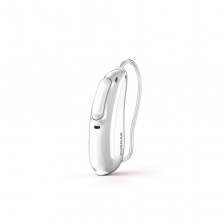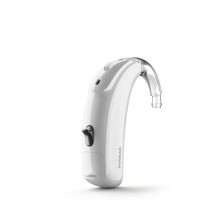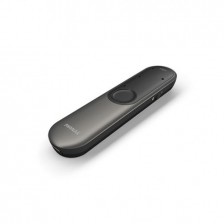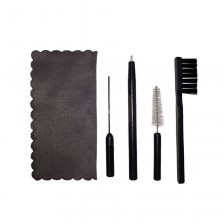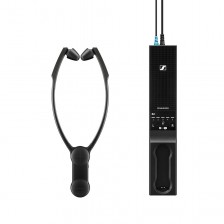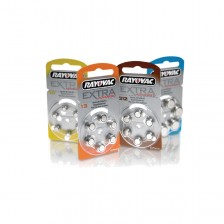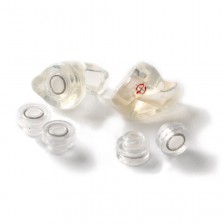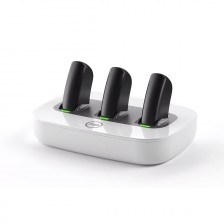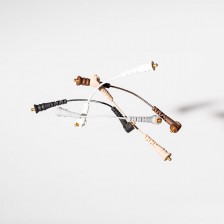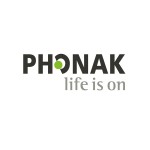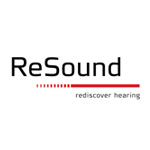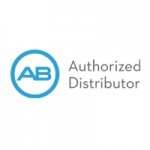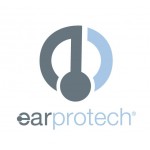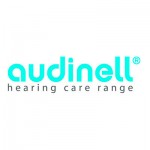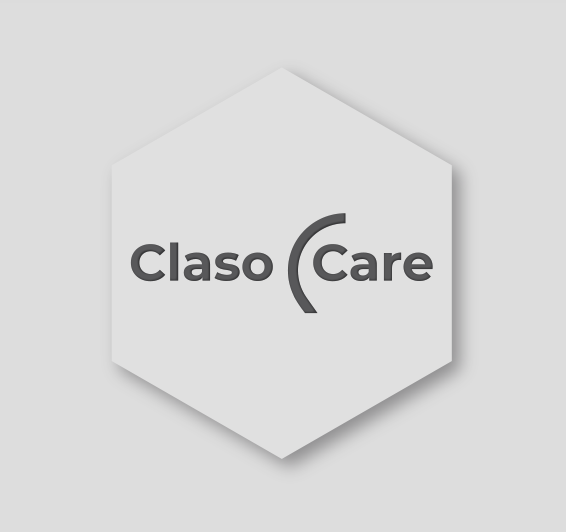The inductive coil or magnetic loop to go to the cinema or theater


Do you have a hearing loss and are you worried that you will not be able to attend some cultural activities because you don't listen well?
Well, we have good news, if you do not know what the "inductive coil" or "magnetic loop" is, let's talk about it in this post. We already gave a few brushstrokes about the accessible rooms for people with hearing loss in the post "Ignoring certain urban legends about audiology (I)" but today we immerse ourselves in the subject.
First we are going to clarify what the inductive coil is and then we will see how it works and what features it has but, first of all, it is important to note that the inductive coil is designed for people with severe to profound hearing loss. In light to moderate hearing loss, the use of inductive coil is less and less necessary because today the hearing aids have advanced a lot technologically and already supply many of the communicative needs of people with hearing loss.
What is the inductive coil?
Inductive coil is the inheritance of analog technology in digital hearing aids. It is capable of receiving signals via magnetic induction and, therefore, any device capable of generating an electromagnetic signal can communicate with your hearing aids. The important note to keep in mind is that your hearing instruments need to have an inductive coil built in, so they will automatically connect when you put the "T-Coil" mode on your hearing aids, the program compatible with accessible rooms.
The fact that you are in "T-Coil" or "T" position does not imply that the microphone function of your hearing aid is eliminated, it stays active but works with less intensity so you will listen very subtly to the conversations of your neighbors or even the chewing of the popcorn, and without reverberations! Your hearing aids will focus on what is happening in the room without disconnecting from the environment, only softening it.
That said, if you have severe to profound hearing loss: can you go to the movies? Can you go to the theater? Yes, of course! But there is a "but" where we have to insist: you must attend places that are accessible, that is, have the magnetic loop installed so that you can pick up the electromagnetic signal with your hearing aids.
Accessible enclosures are always marked with this image:

Something very important to keep in mind is that when buying a hearing aid you have to explain to your hearing care professional that you have the need to have the inductive coil incorporated because it conditions the type of hearing aid you have to choose.
What good and not so good things does the inductive coil of hearing aids have?
Good things:
- It allows to go to the cinema, the theater or to accessible places that have a magnetic loop installation. There are also public check-in desks for citizens that have this magnetic loop.
- The signal is direct, it doesn't interfere with the acoustics of the room, nor the noise of people... it is similar to wearing a wireless headset.
- You don't need the hearing aid to tie you to anything, just make sure your hearing care professional has activated an inductive coil program.
Not so good things:
- The aesthetics of hearing aids: the inductive coil, being the analogical inheritance of traditional hearing aids, is detrimental to discretion. They can not be as small as other hearing aids with advanced technology and a more discreet design.


